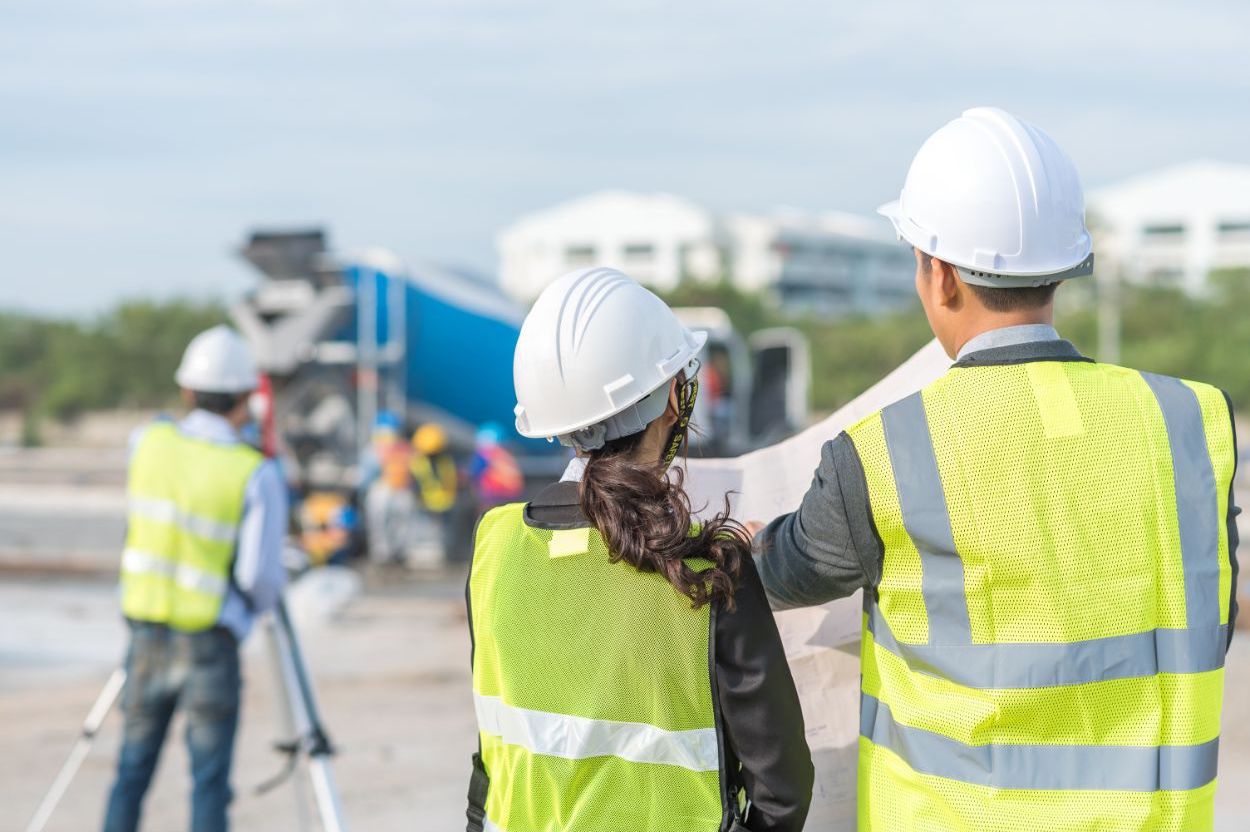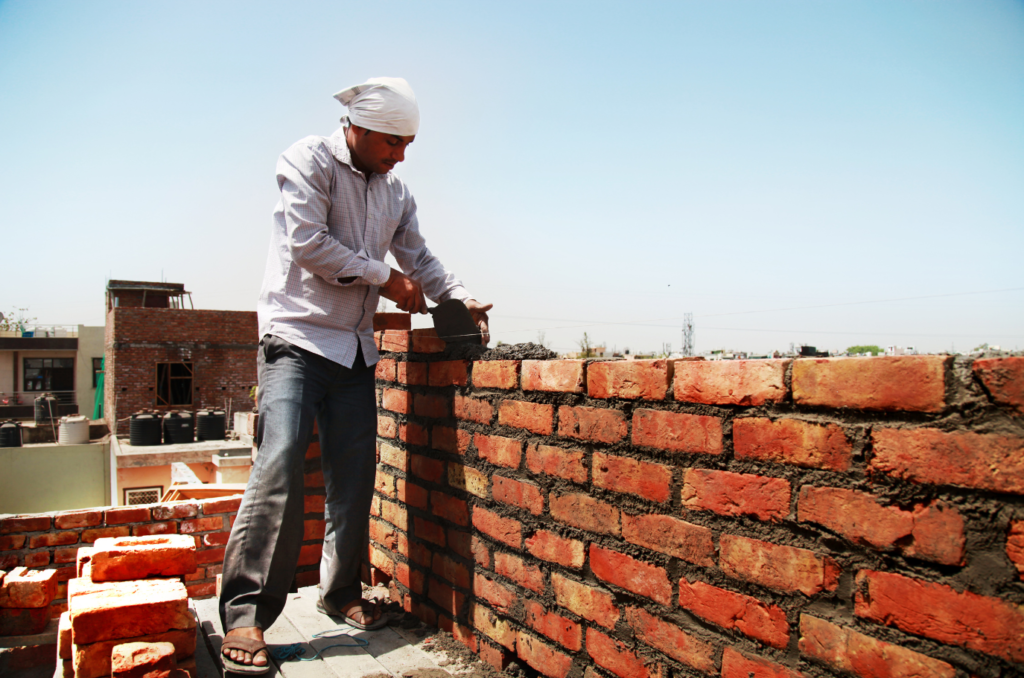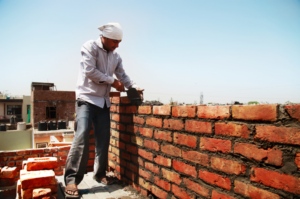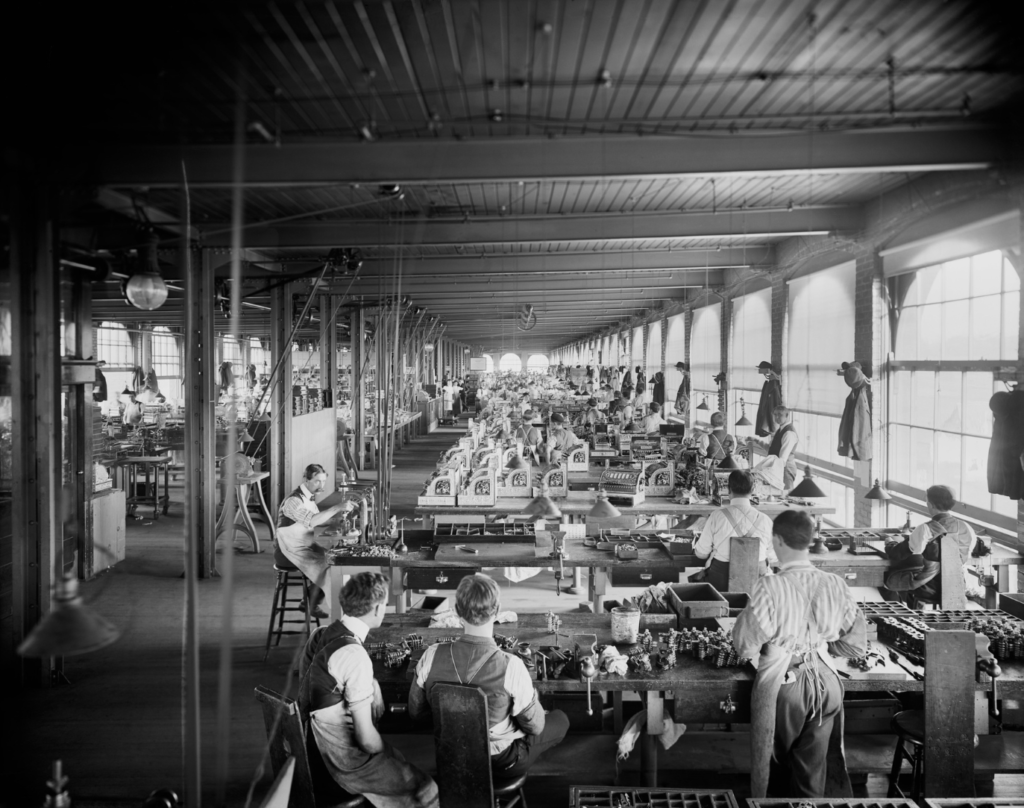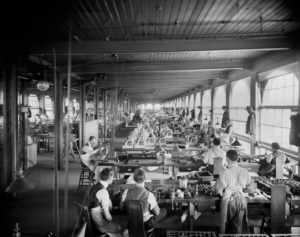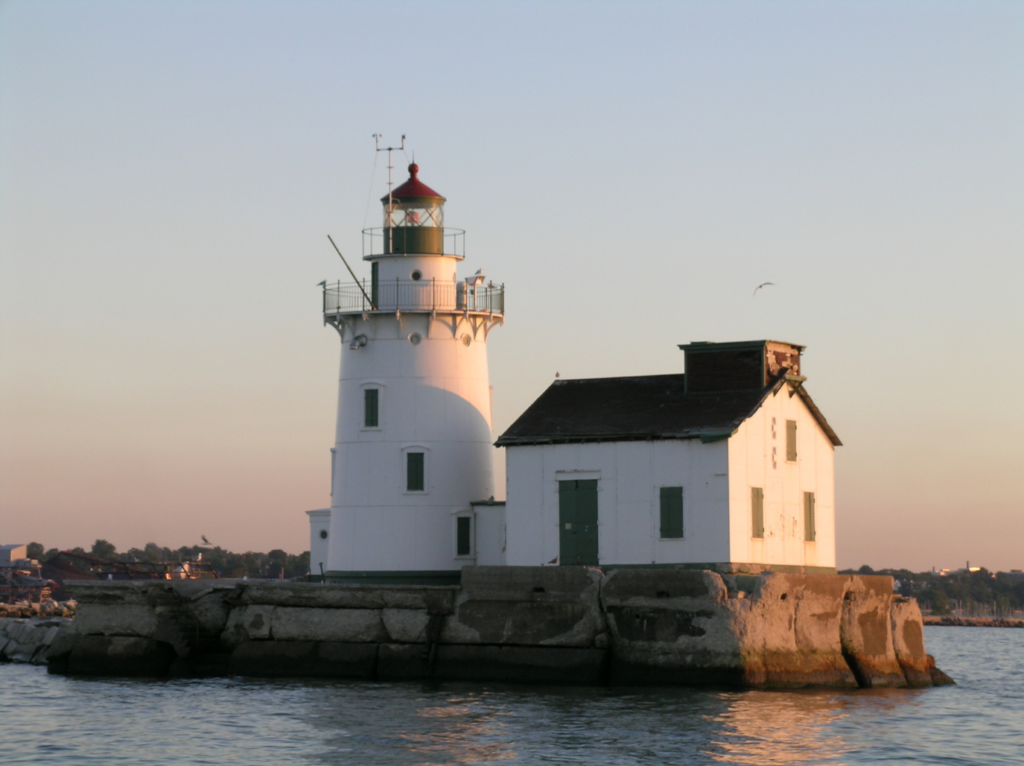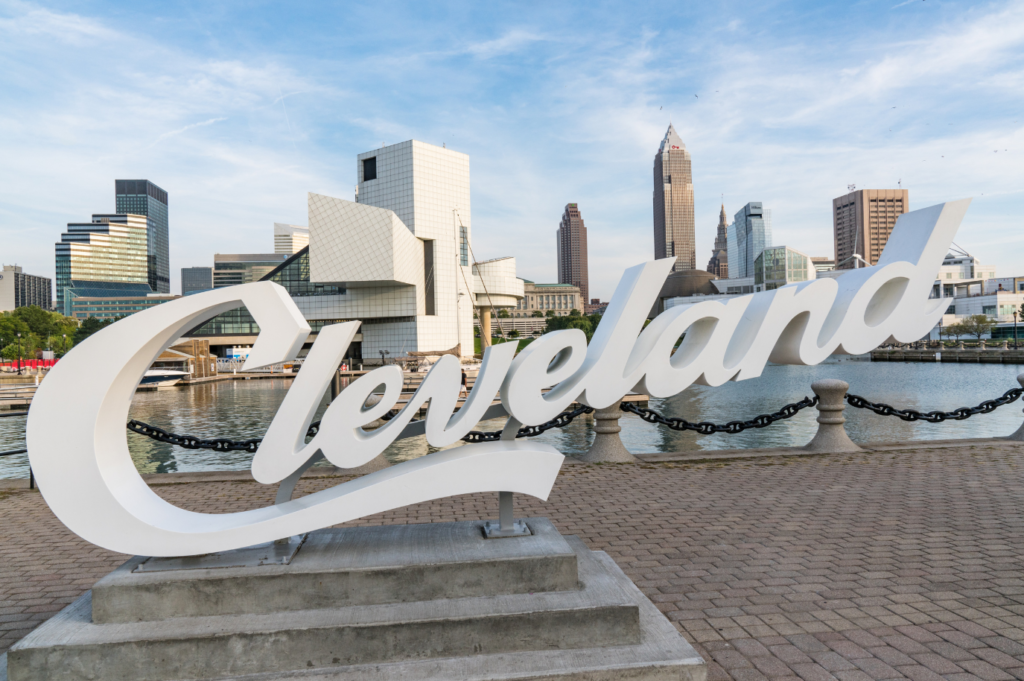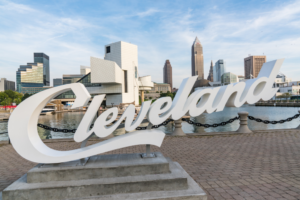Getting a major renovation done on a building, especially an historic building, requires many tasks. Getting each of the tasks in the process is necessary, and most are fairly obvious. Missing a step, or getting one of the tasks done improperly, can cause substantial delays in the project, or even worse, the renovation won’t get done properly or not even approved.

You all know the obvious tasks. An architect is needed to draw the plans for the builder and the local permitting office. A general contractor needs to review the plans to ensure the project can be built as specified, and to estimate the project. The permitting office will need to give the project approval to move forward. An interior designer designs the interior space to function and look the way the owner envisioned. A landscape designer designs the land around the building for function, aesthetic, drainage, etc. The general contractor builds to the plans. The inspectors approve the work. And the building can be put to use.
However, getting the land surveyed is one task that isn’t always as obvious, but just as critical of each of the tasks above. A professional land surveyor is important is no many ways, according to James Holbrook, who is a land surveyor in Cincinnati. James says that his company does many surveys on historical buildings in Cincinnati, and most of Ohio, including Cleveland, so he understands why the survey is so important.
First, a land surveyor will perform a boundary survey and a topographical survey. This requires researching the documentation about the property through public records. The boundary survey will mark the edges of the property with those orange flags at the exact locations of the property boundaries. The boundary survey will also come with a detailed drawing of the property, showing the existing structures, neighboring properties, public ways, and, most importantly, the property lines. The topographical survey will produce a detailed drawing that shows the changing topography of the land, as well as any significant man-made and natural features.
These survey drawings are critically important for everyone in the project.
The architect utilizes them for the design of the structure. The architect knows the local codes and easements, so they can maximize the size of the structure and design the structure to the edge of the easements, if that is what is desired. Another way to phrase it is that they ensure the structure is designed within the legally allowed boundaries, per the survey. The topography is also important to the architect’s design.
The landscape architect uses both the boundary and topographical survey to design the landscape around the structure. They consider the topography of the drainage, if retaining walls are necessary, where trees and bushes can be planted, where the hardscapes can be constructed, where the fences can be located, and everything else they design. They must design within the boundaries of the property as well.
The local codes and permitting office scrutinizes the design from the architects using the property survey as a reference. They ensure the design meets the local zoning requirements. Often times a historical building is within an historical overlay, in which case the size and location relative to the boundary can vary. The survey allows the historical preservation department and the zoning and permitting office to ensure the structure is legally designed.
Next a land surveyor will create a construction layout survey and install construction staking. The construction layout survey is a drawing that shows where the important features important for the construction are located. This assists the survey to install construction staking, which physically locates these precise points on the construction site. The general contractor needs this construction staking to know the precise locations of where to build.
Historical buildings are often located in flood zones, because people and industries tended to be located near water sources long ago. If that is the case, then typically an Elevation Certificate would need to be put together to obtain flood insurance. A professional land surveyor can produce this elevation certificate.
James, from Cincinnati Land Surveyors, has a significant amount of experience with boundary surveys, topographical surveys, construction layout surveys, construction staking, and creating elevation certificates. James said that Cincinnati Land Surveyors does many other types of surveys, including ALTA/NSPS surveys, subdivision surveys, and more. He explained that a property owner usually doesn’t understand that these surveys are necessary, and they don’t initially appreciate the value in them. However, they quickly understand when they see the actual surveys, and learn that they are provided to the architects, local zoning, and see the construction staking in the ground to guide the general contractors. Property surveyors are quite involved with all types of remodeling and development projects.
